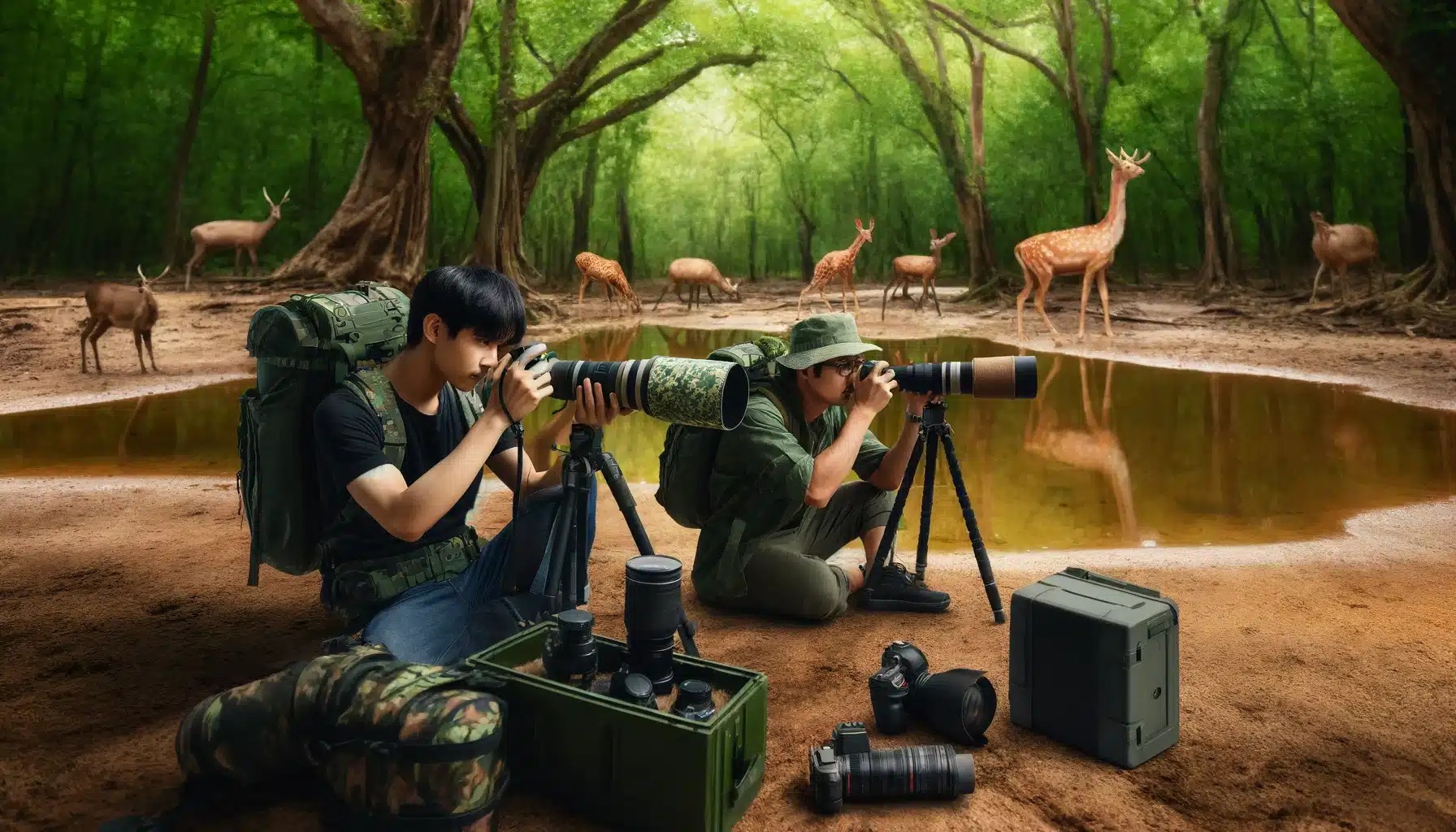
Take Your Photography Outdoors: Learn Wildlife Photography with Experts
Australia is home to some of the most unique and diverse wildlife on the planet. From kangaroos bounding across red dust to colourful parrots gliding through lush forests, capturing these creatures in their natural habitat is both challenging and rewarding. A dedicated wildlife photography course provides aspiring photographers with the technical skills, field knowledge, and ethical guidelines needed to create stunning images while respecting the environment.
The Australian Photography School’s Wildlife Photography Course is designed for both beginners and experienced photographers who want to specialise in photographing wild animals. With expert-led tutorials, practical field assignments, and comprehensive guidance, the course equips students to take their photography outdoors and document the beauty of Australian wildlife.
Why Enrol in a Wildlife Photography Course?
Experience Wildlife First-Hand
Wildlife photography is more than pointing a camera—it’s about observing, understanding, and anticipating animal behaviour. By enrolling in a wildlife photography course, you learn how to track movements, interpret behaviour, and position yourself to capture unique moments that would otherwise be missed.
Gain Practical Skills
The course is structured around hands-on learning. Students practice in real-world conditions, from national parks to backyard habitats. You’ll learn how to adjust for lighting, weather, and fast-moving subjects, ensuring you’re prepared for any outdoor scenario.
Ethical and Responsible Practices
A professional wildlife photographer must respect animals and their habitats. Ethical guidelines cover minimal disturbance, following local laws, and promoting conservation awareness. The course teaches these essential practices to ensure photographers create images responsibly.
Understand Permits and Legal Requirements
Commercial or public photography in national parks often requires permits. In New South Wales, for instance, commercial photography in protected areas requires approval from the National Parks and Wildlife Service. (environment.nsw.gov.au)
Similarly, in Western Australia, the Department of Biodiversity, Conservation and Attractions mandates permits for commercial filming or photography in national parks.
Key Features of a Quality Wildlife Photography Course
Comprehensive Curriculum
A strong wildlife photography course covers:
- Camera settings: ISO, shutter speed, aperture
- Lens selection and telephoto techniques
- Wildlife behaviour and tracking methods
- Composition strategies in natural habitats
- Editing skills using Lightroom and Photoshop
- Ethical practices and compliance with conservation regulations
Hands-On Assignments
Practical work is central to learning. Assignments include photographing live animals, documenting behaviour, and creating a polished portfolio. Many courses provide a camera kit and tools to help students practice effectively.
Portfolio and Career Guidance
A professional wildlife photography course helps students build portfolios that can be used for freelance work, stock image sales, or conservation projects. Guidance on business, branding, and commercial opportunities is often included.
Tutor Support and Long-Term Access
Courses offering extended access and mentorship allow students to refine their skills, receive feedback, and stay updated on new techniques or technologies in wildlife photography.
Australian Photography School’s Wildlife Photography Course
Course Highlights
- Fully online with practical field exercises
- 12-month access for flexible study
- Expert tutors with experience in Australian wildlife photography
- Comprehensive modules: Exposure, Wildlife in the Wild, Lightroom Editing, and Portfolio Development
- Optional kit including a mirrorless camera and essential gear
Why This Course Stands Out
- Focused exclusively on wildlife photography
- Includes ethical, legal, and practical training
- Suitable for beginners and experienced photographers
- Prepares students for professional and creative applications
Career Opportunities After Completing a Wildlife Photography Course
Conservation Photography
Work with NGOs, government agencies, or research organisations to document wildlife and support conservation initiatives.
Tourism and Travel Photography
Create images for tourism boards, national parks, and travel publications that showcase Australia’s natural beauty.
Stock and Commercial Photography
Sell your wildlife images to stock libraries, magazines, and advertising campaigns.
Workshops and Field Training
Lead photography workshops or guided tours, teaching others to capture wildlife responsibly.
Digital Content Creation
Combine wildlife photography with social media, blogging, or YouTube to create educational and inspiring content.
Tips to Maximise Your Wildlife Photography Learning
- Plan Field Sessions – Use local parks and reserves to practice.
- Understand Wildlife Behaviour – Learn your subjects’ routines and habitats.
- Invest in Gear – A telephoto lens and tripod improve your ability to capture distant or fast-moving wildlife.
- Edit Thoughtfully – Enhance images while maintaining natural appearance.
- Build a Portfolio – Showcase your best work for potential clients or agencies.
- Stay Ethical – Minimise disturbance and follow regulations.
- Keep Learning – Wildlife photography is an evolving skill. Continuous practice ensures improvement.
Video Tutorial
Here’s a useful YouTube video to complement your wildlife photography course:
Wildlife Photography Tips for Beginners
This tutorial offers practical guidance on camera settings, composition, and working with moving animals.
Final Thoughts
A wildlife photography course is more than a learning experience—it’s a chance to connect with nature, improve your technical skills, and create images that tell stories. By enrolling in the Wildlife Photography Course at the Australian Photography School, you’ll gain the expertise, ethical understanding, and confidence needed to photograph wildlife in Australia responsibly and creatively.
Whether your goal is professional work, conservation documentation, or simply capturing the beauty of Australia’s fauna, this course equips you to take your photography outdoors and make every shot count.



